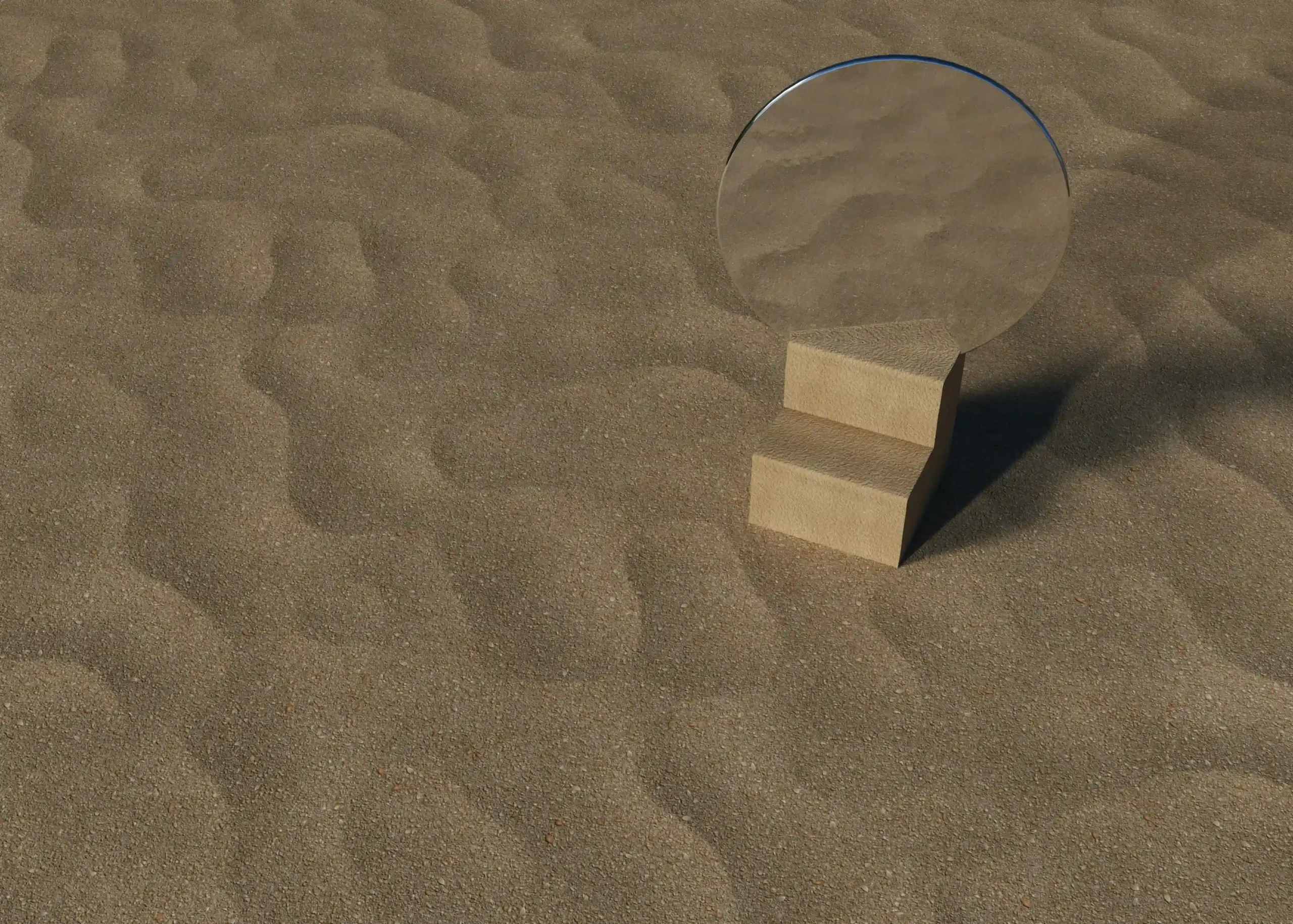Science Experiments for Kids: Sparking Curiosity in 2025’s Young Innovators
Did you know that 72% of Nobel Prize winners credit their early exposure to hands-on science experiments as the catalyst for their careers? As we step into 2025, nurturing a child’s innate curiosity through science experiments isn’t just educational—it’s essential for shaping tomorrow’s problem-solvers. With technology advancing faster than ever, simple, engaging experiments can bridge the gap between classroom theory and real-world innovation. This guide dives into the most exciting **science experiments for kids**, blending classic principles with 2025’s tech-driven trends. Whether you’re a parent, educator, or entrepreneur designing STEM tools, you’ll discover actionable activities, cutting-edge resources, and insights to inspire the next generation of thinkers.
Why Science Experiments for Kids Matter More Than Ever
In 2025, STEM careers are projected to grow **23% faster** than non-STEM fields, according to the U.S. Bureau of Labor Statistics. Early exposure to **science experiments for kids** builds critical thinking, creativity, and resilience—skills vital for future success. Take the “Elephant Toothpaste” experiment: mixing hydrogen peroxide, yeast, and dish soap creates a foamy eruption that teaches chemical reactions. But in 2025, apps like PhET Interactive Simulations allow kids to model these reactions digitally before trying them at home. This hybrid approach merges tactile learning with tech literacy, preparing children for a world where virtual labs and AI-driven tools are commonplace. The key? Making science relatable. For instance, explaining density by layering honey, water, and oil in a jar turns abstract concepts into vivid, memorable lessons.
2025’s Hottest Science Experiments for Kids
This year, **eco-conscious experiments** dominate trends. A standout activity is creating “Biodegradable Plastic” from milk and vinegar, which introduces sustainability while aligning with global efforts to reduce waste. Another hit is the “Solar-Powered Oven,” using pizza boxes and aluminum foil to cook s’mores—a tasty lesson in renewable energy. For tech-savvy kids, **coding-integrated experiments** like building a DIY robot with Arduino kits (Arduino) offer hands-on engineering practice. Augmented reality (AR) apps, such as Merge EDU, let kids explore volcanic eruptions or DNA structures in 3D, blending physical and digital play. These experiments aren’t just fun; they’re gateways to discussing climate action, robotics, and AI ethics with young learners.

Step-by-Step: Mastering Science Experiments at Home
Start simple. The classic “Baking Soda Volcano” requires only vinegar, baking soda, and dish soap—but in 2025, add a twist by filming the eruption in slow motion to analyze reaction rates. For chemistry buffs, try “Crystal Growing” kits that use safe, non-toxic solutions to form geodes overnight. **Pro tip:** Pair experiments with storytelling. When making “Lava Lamps” (oil, water, food coloring, and Alka-Seltzer), discuss how density differences mimic tectonic shifts. Entrepreneurs can capitalize on this trend by creating subscription boxes like KiwiCo, which deliver age-appropriate experiment kits monthly. Always prioritize safety: use goggles for eye protection and opt for eco-friendly materials to instill responsibility.
Real-World Success Stories: From Experiments to Innovations
Meet 14-year-old Gitanjali Rao, who invented a lead-detecting device after learning about carbon nanotubes in science class. Her story exemplifies how **kid-driven experiments** can lead to global solutions. Schools like the British International School of Chicago use hydroponic gardens to teach biology and sustainability, with students selling their harvests at local markets. Even corporations are joining in: Google’s “Made with Code” initiative encourages girls to program LED light patterns, merging creativity with computer science. These examples prove that when kids connect experiments to real-world challenges, they’re empowered to innovate early.
The Future of Science Education: Trends to Watch
By 2025, **AI tutors** will personalize experiment recommendations based on a child’s interests and learning pace. Think ChatGPT guiding a student through a photosynthesis experiment with real-time Q&A. Virtual reality (VR) field trips, like exploring Mars with NASA’s Perseverance Rover data, will make planetary science immersive. Additionally, gamification—think earning badges for completing ecology challenges—will boost engagement. Schools are also adopting “STEAM” (Science, Technology, Engineering, Art, Math) frameworks, where experiments integrate art, like using pH-sensitive paint to create color-changing masterpieces. Stay ahead by embracing these tools to make science accessible and exciting.
Essential Tools for 2025’s Young Scientists
Equip your mini-lab with affordable tech. The **Micro:bit** microcontroller ($16) lets kids code weather stations or motion-sensor alarms. For biology, smartphone microscopes like the **Carson MicroBrite** ($14) reveal intricate details of leaves or insects. Apps like **TinkerCAD** teach 3D modeling, enabling kids to design experiment prototypes. Don’t overlook low-cost staples: pipettes, magnets, and pH strips remain indispensable. Educators can leverage platforms like **Mystery Science** for ready-to-teach lesson plans aligned with NGSS standards. Remember, the goal isn’t expensive gear—it’s fostering a mindset where curiosity drives discovery.
Science experiments for kids in 2025 are more than classroom activities; they’re the foundation of a generation ready to tackle global challenges. By blending hands-on exploration with emerging tech, we’re nurturing critical thinkers who see problems as puzzles waiting to be solved. Ready to ignite a spark? Gather your materials, try an experiment today, and share your journey with #FutureScientists2025. The next big innovation might just come from your kitchen table.
